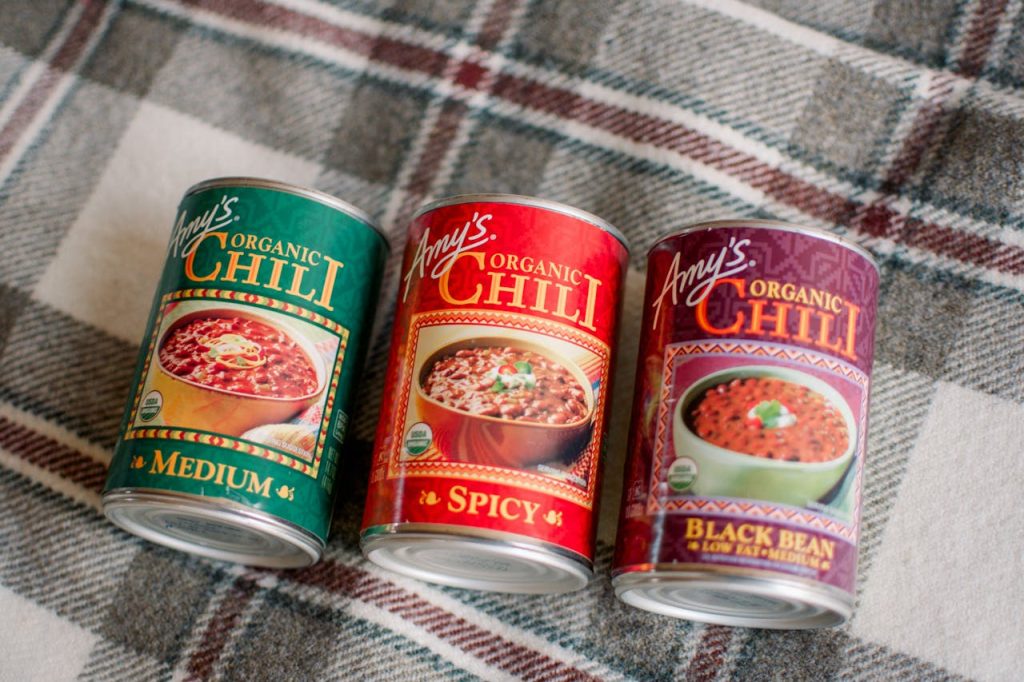
Labelling plays a pivotal role across industries, particularly for small businesses, manufacturers, and retailers aiming for operational efficiency and customer satisfaction. Whether it’s helping consumers identify products, ensuring compliance with regulations, or supporting brand recognition, effective labelling is a vital component of any business operation. This blog explores various labelling solutions, highlighting their benefits and applications in industries such as retail, food & beverage, and health & beauty.
The Importance of Choosing the Right Label
Selecting the right labelling solution for your products isn’t just about aesthetics—it’s about functionality, longevity, and cost-effectiveness. For businesses in competitive markets, a product’s label often acts as the first point of contact for customers. Beyond visual appeal, the label communicates critical information, including nutritional details, ingredients, or product usage instructions. This not only builds trust but also ensures regulatory compliance, especially in the food and health sectors.
Overview of Labelling Solutions
Businesses have access to various types of labelling solutions, each suitable for specific industries and requirements. Here’s an in-depth look at some of the most prominent types:
Adhesive Labels
Adhesive labels are among the most widely used labelling solutions. They are applied using pressure-sensitive adhesives, making them easy to affix to various surfaces, from bottles to boxes. These labels can be customised with different finishes like gloss or matte and are ideal for industries such as health & beauty and retail. Their affordability and versatility make them a preferred choice for small businesses aiming for cost-effective product presentation.
Heat Shrink Labels
Heat shrink labels are excellent for providing full-sleeve branding coverage, fitting securely around products when exposed to heat. Their durability and vibrant design capabilities make them highly suitable for beverages, cleaning products, and other items requiring tamper-proof solutions. By acting as both a label and a protective seal, they cater to industries where product safety is paramount.
In-Mould Labels
Innovative by design, in-mould labels are directly embedded into the product during the manufacturing process, merging label and packaging into one. Popular in durable goods and certain food containers, these labels result in a seamless, long-lasting finish. They are particularly beneficial for businesses focusing on premium-quality packaging that can withstand harsh conditions.
Direct Thermal and Thermal Transfer Labels
Both direct thermal and thermal transfer labels are key solutions for barcode and shipping labelling. Direct thermal labels are excellent for short-term use, whereas thermal transfer labels offer greater durability, making them a reliable choice for warehouses and distribution centres. Industries that require high-volume labelling, such as retail and logistics, lean heavily on these solutions.
Considerations in Selecting the Right Solution
When deciding on the ideal labelling solution, several factors should come into play. First and foremost, consider the specific needs of your product and industry. For businesses operating within the food & beverage sector, labels must adhere to strict regulatory and safety standards. Retailers may prioritise vibrant designs and customisation to stand out on busy shelves.
Durability is another critical factor—labels exposed to moisture, extreme temperatures, or constant handling must be able to withstand such conditions. Cost-effectiveness, without compromising on quality, remains a key consideration for small and medium-sized enterprises.
Final Thoughts
For small businesses, manufacturers, and retailers, investing in the right labelling solution is not just about current business needs—it’s about preparing for the future. Effective labels can transform how customers perceive your products and open up opportunities for growth. Businesses across industries can benefit by carefully evaluating their requirements for durability, cost, and alignment with industry standards to choose a labelling solution that meets their goals.
